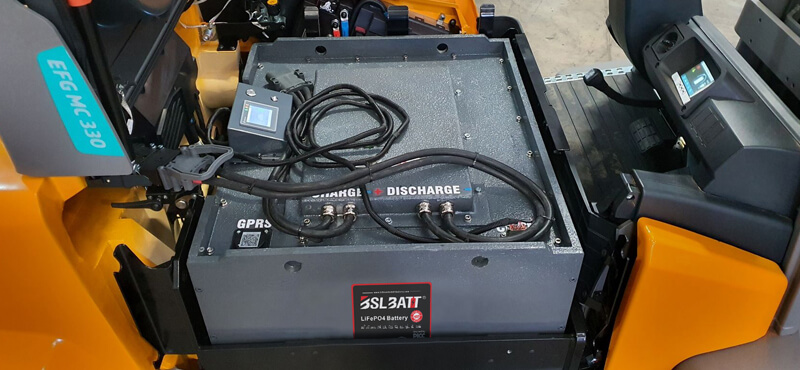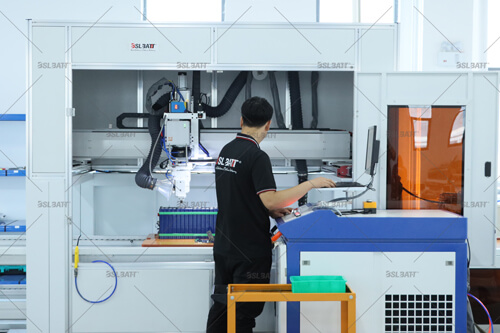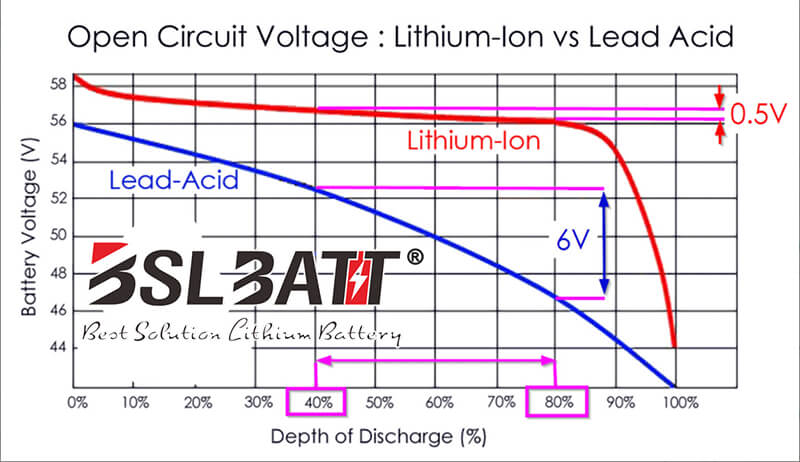Industry Application
Product Type
Lithium battery State of Charge(SOC)
Lithium-Ion State of Charge (SOC) measurementThe utilization of lithium-ion batteries is widespread across various applications. In order to maximize their efficiency and lifespan, battery management systems (BMS) are utilized. However, it is important to note that recent advancements in BMS technology have led to increased energy consumption, which can have a negative impact on battery performance. To address this issue, an innovative approach has been developed. The estimated state of charge (SOC) of the battery is calibrated using an event-driven Open Circuit Voltage (OCV) to SOC curve relation. This method ensures accurate SOC estimation while minimizing energy consumption. To validate the effectiveness of this approach, a comparison was made with traditional BMS systems. The results clearly demonstrate the superiority of the proposed system. It outperforms traditional counterparts by more than a third-order of magnitude in terms of compression gain and computational efficiency. Importantly, this enhanced performance does not compromise the precision of SOC estimation. In conclusion, the proposed system offers a solution to the challenges posed by sophisticated BMS technology. By utilizing an event-driven OCV to SOC curve relation, it achieves significant improvements in compression gain and computational efficiency. This innovative approach ensures effective battery utilization and longer lifespan, without compromising the accuracy of SOC estimation.
Definition and Classification of SOC EstimationSOC is one of the most important parameters for batteries, but its definition presents many different issues. In general, the SOC of a battery is defined as the ratio of its current capacity () to the nominal capacity (). The nominal capacity is given by the manufacturer and represents the maximum amount of charge that can be stored in the battery. The SOC can be defined as follows:
State of charge (SOC) is the level of charge of an electric battery relative to its capacity. The units of SOC are percentage points (0% = empty; 100% = full). An alternative form of the same measure is the depth of discharge (DOD), the inverse of SOC (100% = empty; 0% = full).
There are several ways to get Lithium-Ion State of Charge (SOC) measurement or Depth of Discharge (DOD) for a lithium battery. Some methods are quite complicated to implement and require complex equipment (impedance spectroscopy or hydrometer gauge for lead-acid batteries). We will detail here the two most common and simplest methods to estimate the state of charge of a battery: voltage method or Open Circuit Voltage (OCV) and coulomb counting method. 1/ SOC estimation using Open Circuit Voltage Method (OCV)All types of batteries have one thing in common: the voltage at their terminals decreases or increases depending on their charge level. The voltage will be highest when the battery is fully charged and lowest when it is empty. This relationship between voltage and SOC depends directly on the battery technology used. As an example, the diagram below compares the discharge curves between a lead battery and a Lithium-Ion battery. It can be seen that lead-acid batteries have a relatively linear curve, which allows a good estimation of the state of charge: for a measured voltage, it is possible to estimate fairly precisely the value of the associated SOC. However, Lithium-ion batteries have a much flatter discharge curve, which means that over a wide operating range, the voltage at the battery terminals changes very slightly. Lithium Iron Phosphate technology has the flattest discharge curve, which makes it very difficult to estimate SOC on a simple voltage measurement. Indeed, the voltage difference between two SOC values may be so small that it is not possible to estimate the state of charge with good precision. The diagram below shows that the voltage measurement difference between a DOD value of 40% and 80% is about 6.0V for a 48V battery in lead-acid technology, while it is only 0.5V for lithium-iron-phosphate!
However, calibrated charge indicators can be used specifically for lithium-ion batteries in general and lithium iron phosphate batteries in particular. A precise measurement, coupled with a modeled load curve, allows SOC measurements to be obtained with an accuracy of 10 to 15%.
2/ SOC estimation using the Coulomb Counting methodTo track the state of charge when using the battery, the most intuitive method is to follow the current by integrating it during cell use. This integration directly gives the number of electrical charges injected or withdrawn from the battery, thus making it possible to precisely quantify the SOC of the battery. Unlike the OCV method, this method is able to determine the evolution of the state of charge during battery use. It does not require the battery to be at rest to perform an accurate measurement.
|



















